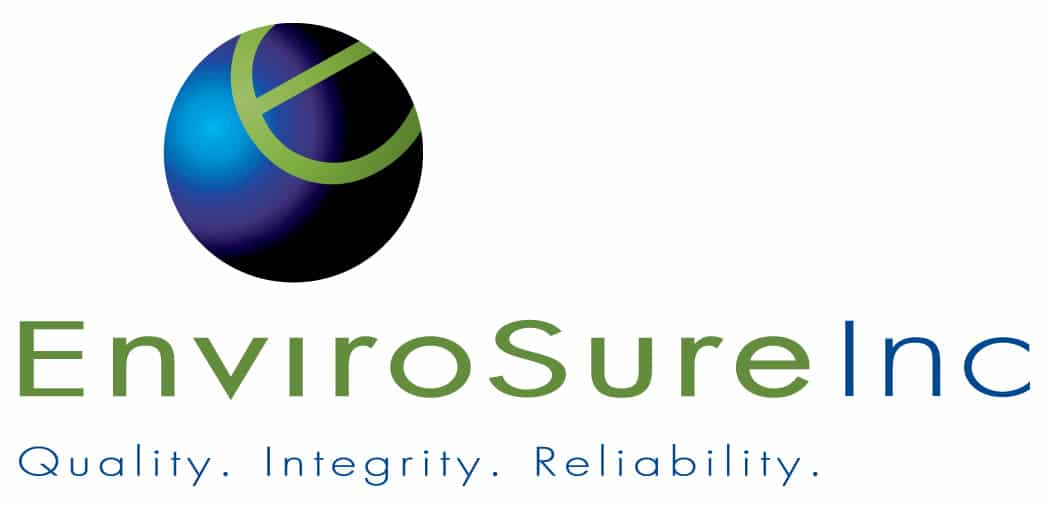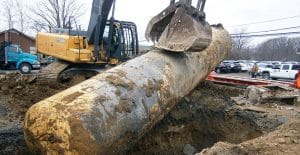EnviroSure conducted a Phase I Environmental Site Assessment (ESA) of a site with a 55-year-old building historically used for printing operations. The floor drain system and an 8,000-gallon heating oil underground tank were identified as recognized environmental conditions. EnviroSure was subsequently retained for removal of the out-of-use 8,000-gallon heating oil underground tank and soil sampling in the area of the floor drain system.
No signs of a release were observed during removal of the unregulated heating oil underground tank. Confirmatory soil samples were collected and analyzed for the PADEP No. 2 fuel oil parameter list. EnviroSure completed a tank closure report for the client’s records.
Four soil samples were initially collected next to floor drains. The soil samples were analyzed for volatile organic compounds (VOCs), semi-volatile organic compounds (SVOCs), and metals. Arsenic was detected in one sub-slab soil sample at a concentration exceeding the Residential Direct Contact Medium Specific Concentrations (MSC) and exceeding the applicable Soil-to-Groundwater MSC. The results for the other parameters analyzed were below applicable MSCs. Eleven additional soil samples were collected as part of the second phase of the investigation to delineate the horizontal and vertical extent of arsenic-impacted soil. The arsenic concentration in the additional 11 soil samples met current PADEP Act 2 Residential Statewide Health Standard (SHS) MSCs.
EnviroSure was able to eliminate the soil-to-groundwater pathway concern and complete an Act 2 Final Report. The PADEP approved the Final Report and the client received relief from liability under Act 2. EnviroSure prepared an environmental covenant since soil remained on the site at concentrations that exceeded PADEP’s Residential SHS.

